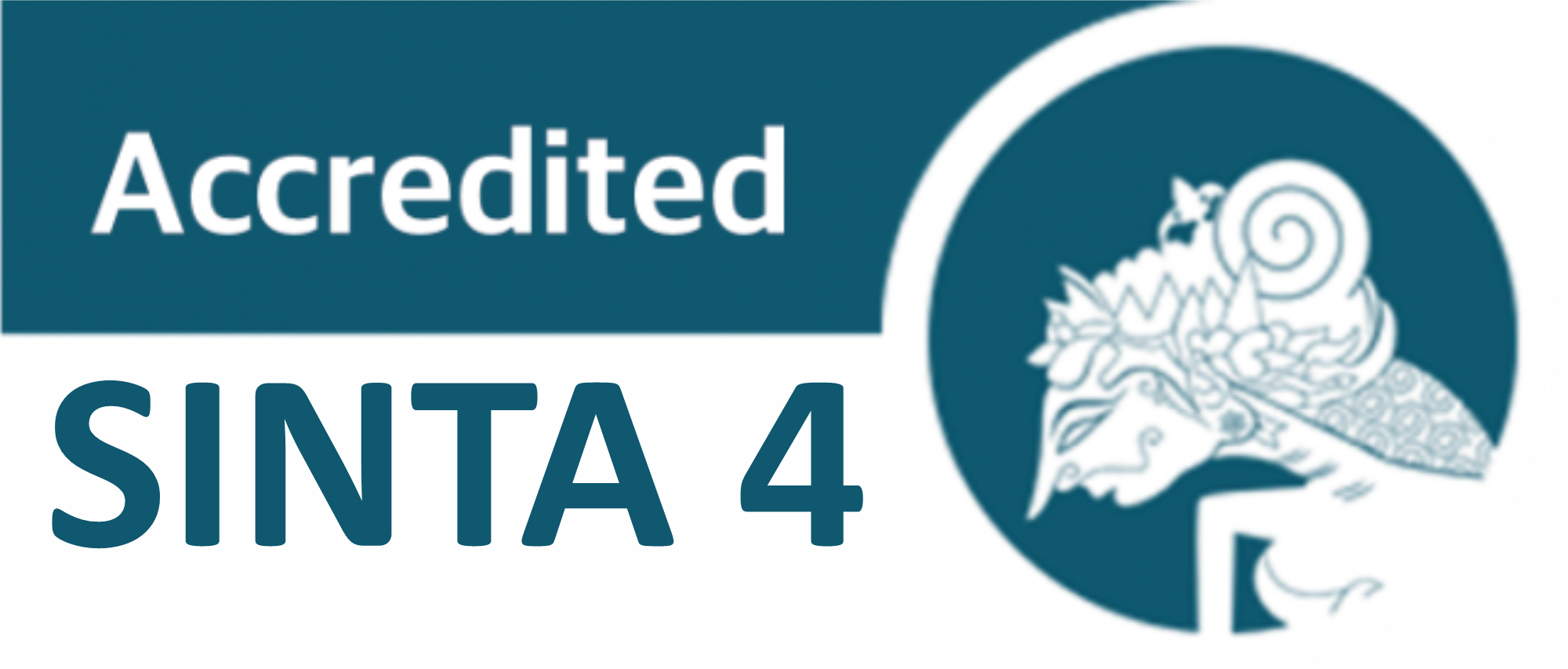Reinforcing Animal Conservation Ideology in Children’s Media through Cultivation Theory and Gestalt Principles
DOI:
https://doi.org/10.24114/gr.v14i1.65722Keywords:
Storytelling, Children’s Media, Visual Narrative, Cultivation Theory, Gestalt TheoryAbstract
This study explores the significance of storytelling in children’s media as a means to reinforce conservation ideology, particularly regarding the protection of Indonesia’s endemic wildlife. By applying Cultivation Theory, a communication framework developed by George Gerbner that posits long-term media exposure can influence an individual's perceptions of social reality, this research emphasizes how early and consistent exposure to conservation-themed content can shape children’s environmental awareness and values. Children’s media, including storybooks, animated films, and television series, serve not only as entertainment but also as a powerful tool for education and character development. Through visual storytelling, messages related to animal protection, ecological balance, and social responsibility can be effectively communicated in ways that are engaging and emotionally resonant for young audiences. The analysis focuses on narrative structures and visual elements, such as character design, setting, color, and sequence, which contribute to a child’s understanding and retention of conservation messages. The study finds that consistent use of symbolic imagery and compelling narratives fosters emotional involvement, empathy toward wildlife, and a sense of personal responsibility in children. This emotional engagement, paired with repeated exposure to conservation themes, strengthens memory retention and encourages pro-environmental behavior. Furthermore, the combination of Cultivation Theory and visual storytelling, supported by psychological principles such as Gestalt theory, proves to be an effective educational strategy. It highlights the potential of children’s media to not only entertain but also to shape attitudes and ideologies that support environmental stewardship from an early age. Ultimately, this research underscores the vital role of storytelling in shaping a more ecologically conscious generation.References
Chen, Chen, et al. "The role of media in influencing students’ STEM career interest." International Journal of STEM Education 10.1 (2023): 56.Gerbner, G., Gross, L., Morgan, M., & Signorielli, N. (1986). Living with television: The dynamics of the cultivation process. In J. Bryant & D. Zillmann (Eds.), Perspectives on media effects (pp. 17-40). Lawrence Erlbaum Associates.
Gils, F. V. (2005). Potential applications of digital storytelling in education. Proceedings of the 3rd Twente Student Conference on IT.
Graham, L. (2008). Gestalt theory in interactive media design. Journal of Humanities & Social Sciences, 2(1).
Horváth, G. (2019). Visual Learning in storytelling images: emotional narrative. Learning and Technology in historical perspective, 55-66.
Junaidi, J. (2018). Mengenal Teori Kultivasi dalam Ilmu Komunikasi. Jurnal Simbolika Research and Learning in Communication Study, 4(1), 42-51.
Kress, G. (2003). Literacy in the new media age. Routledge.
Lambert, J. (2013). Digital storytelling: Capturing lives, creating community (4th ed.). Routledge.
Lowell, C. (2008). Beyond the Lorax? The greening of the American curriculum. Phi Delta Kappan, 90(3), 218-222.
Mayer, R. E. (2002). Multimedia learning. In Psychology of learning and motivation (Vol. 41, pp. 85-139). Academic Press.
NST, M. S. (2018). Pengaruh Penggunaan Media Audiovisual Terhadap Perkembangan Kosakata Anak Usia 4-5 Tahun Di Tk Aisyiyah Bustanul Athfal 05 Tahun Ajaran 2017/2018 (Doctoral dissertation, UNIMED). Gorga: Jurnal Seni Rupa.
Paramita, Y. (2014). The Effect of Using Picture Media on Children's Learning Interest at TK Aisyiyah Blangkejeren, Academic Year 2013/2014. Gorga: Jurnal Seni Rupa. Universitas Negeri Medan.
Reid, M. (2015). English and Film: connecting children to the world. Changing English, 22(2), 189-198.
Robin, B. R. (2006). The educational uses of digital storytelling. Proceedings of Society for Information Technology & Teacher Education International Conference 2006 (pp. 709-716). Association for the Advancement of Computing in Education (AACE).
Robin, B. R. (2008). Digital storytelling: A powerful technology tool for the 21st century classroom. Theory Into Practice, 47(3), 220-228.
Sadik, A. (2008). Digital storytelling: A meaningful technology-integrated approach for engaged student learning. Educational Technology Research and Development, 56, 487-506.
Sari, M. (2014). The Effect of Picture Media on Visual-Spatial Intelligence of 5–6 Year Old Children at TK Islam Siti Hajar Medan, Academic Year 2013/2014. Gorga: Jurnal Seni Rupa. Universitas Negeri Medan.
Shrum, L. J. (2017). Cultivation theory: Effects and underlying processes. In P. Rössler, C. A. Hoffner, & L. van Zoonen (Eds.), The international encyclopedia of media effects (pp. 1-12). Wiley-Blackwell. https://doi.org/10.1002/9781118783764.wbieme0044
Downloads
Published
How to Cite
Issue
Section
License
Copyright (c) 2025 Johanna Ratuwani Sundah, Hafiz Aziz Ahmad

This work is licensed under a Creative Commons Attribution-ShareAlike 4.0 International License.
Copyright
Authors published in this journal agree to the following terms:
- The copyright of each article is retained by the author (s).
- The author grants the journal the first publication rights with the work simultaneously licensed under the Creative Commons Attribution License, allowing others to share the work with an acknowledgment of authorship and the initial publication in this journal.
- Authors may enter into separate additional contractual agreements for the non-exclusive distribution of published journal versions of the work (for example, posting them to institutional repositories or publishing them in a book), with acknowledgment of their initial publication in this journal.
- Authors are permitted and encouraged to post their work online (For example in the Institutional Repository or on their website) before and during the submission process, as this can lead to productive exchanges, as well as earlier and larger citations of published work.
- Articles and all related material published are distributed under a Creative Commons Attribution-ShareAlike 4.0 International License.
License
Gorga : Jurnal Seni Rupa is licensed under a Creative Commons Attribution-ShareAlike 4.0 International License.










